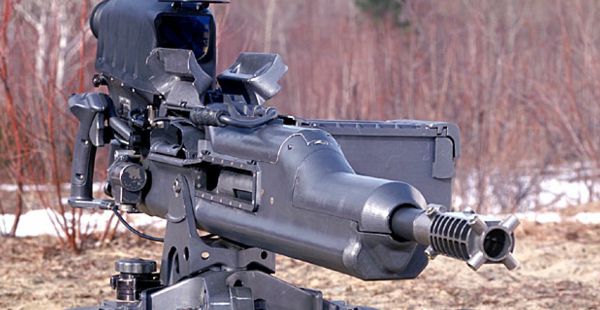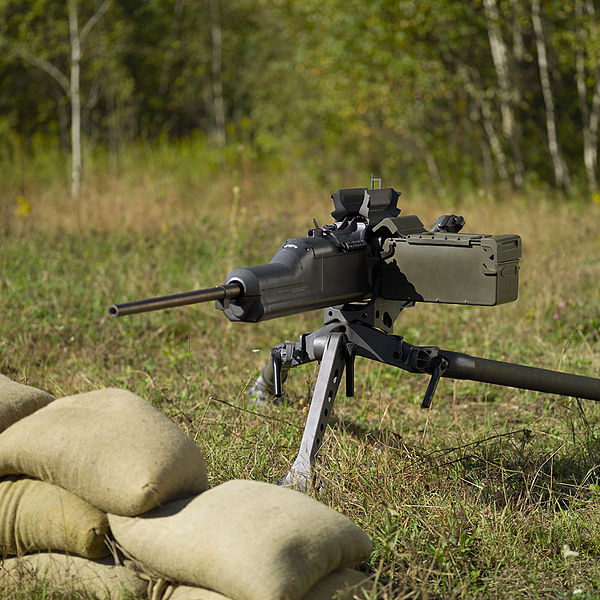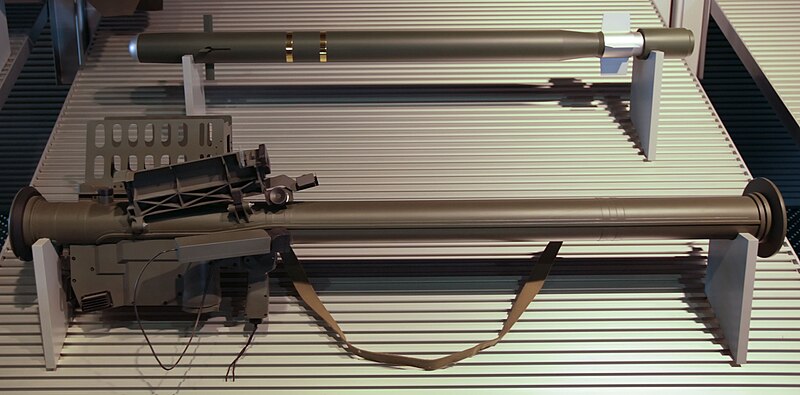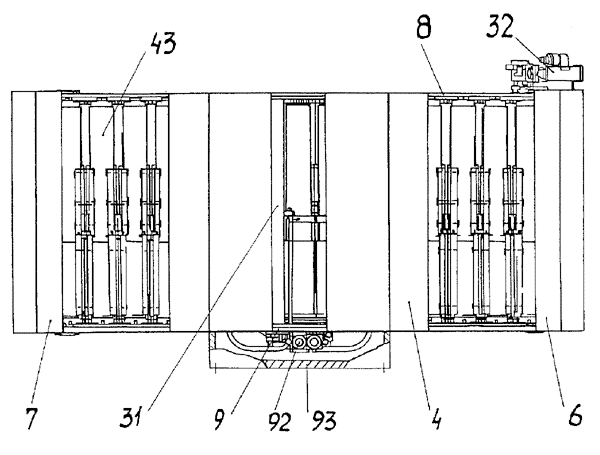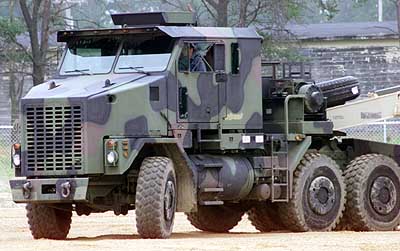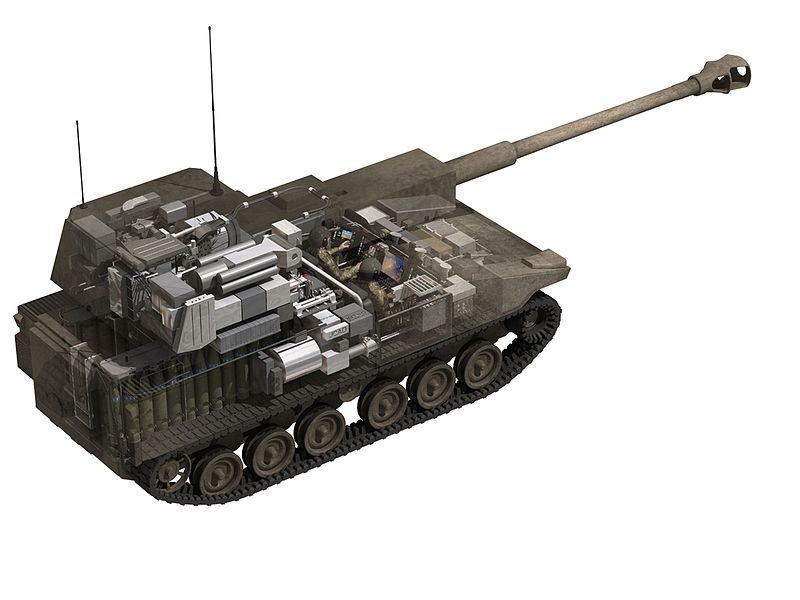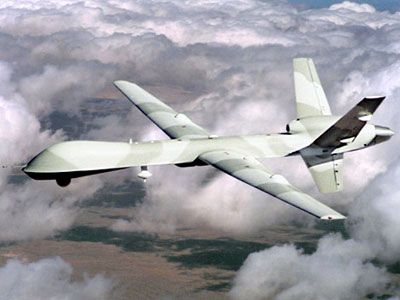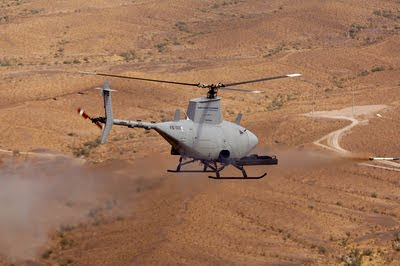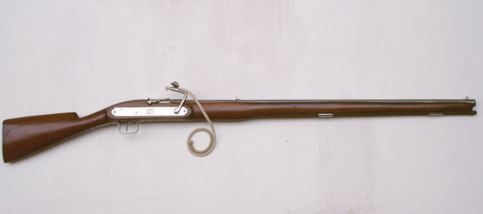
Dear Customer,
Welcome to the Eagleland National Arms Manufacturing Industry (ENAMI) storefront. I would like to introduce you to my company. ENAMI was founded in 1935, as the Eagleland's national arms manufacturing industry. We are the second largest arms manufacturing industries in the Unified Realm, after LG Defense Systems Inc., which you should know very well. Our company originally was Government-Owned, but economic difficulties in the late 80s led to the decision to privatise the company. Since then, profits for this company increased dramatically.
But before that, please allow me to introduce you to our corporation's history. ENAMI (known in Greek as ΕΑΒΠΟ) is a Limited Liability Company established in it's modern form in 1946. Before ENAMI, 4 arms manufacturing companies existed in the Eagleland; Hefaistos Armaments (which would produce small arms), Lakedaimonion Viomichania (which produced land vehicles), Posidonos Politeia Incorporated (which constructed warships) and Icarou Aeroporia (which produced the first aircraft made in the Unified Realm). The merger occurred at the end of the Seventh Civil War (1937-1947), in which time the 4 companies were urged by economic, national and diplomatic purposes to merge with each other and to create ENAMI. From this day forward, our company was formed.
Production of weapons at a mass scale continued throughout the turbulent for our nation 20th century. From the day of our merger to today, the Eagleland has been in 6, victorious for our country, wars, 4 of which were fought overseas. During this period, our country also suffered a devastating 2 year long dictatorship, which ruined our economy and led millions of Eaglelanders into poverty, while our company was nationalised. Our company, however, with it's influence in our country, as soon as the dictatorship collapsed, was privatized and once again flourished, resulting in higher wages and a rapid increase in our country's standard of living. Throughout our history, we have contributed to our nation's war and economic effort, as well as continuing the tradition of weapon-making processes that date back to our land's colonisation by our Ancestors.
And now, taking into account the nullification of Paragraphs 7, 8 and 9A of Law 7543 of 1921, which forbade weapons trading with other countries on Saturday, the eighteenth of February of Two Thaousand and Twelve, our company proudly announces the authorisation order for the export of weapon systems to foreign countries. This means that our company is no longer ready to help only the Eagleland. We will also support your nation in times of adversity, peace and even preparations for war.
In our storefront which we provide to you,you will understand thatwe sell a large variety of weaponry, from Assault Rifles to Bayonets, from Tanks to MRAVs, from Attack Helicopters to Large Transports, from Aircraft Carriers to Small Corvettes and from Portable AT missile launchers to state-of-the-art cruise missiles. We even produce old weaponry no longer in use, such as the Model 15 Bolt Action Rifle, an icon of ENAMI.
But we do not just sell weapons systems. If you state that you wish us to build a factory in your country and have a Domestic Production Rights license of anything we sell here, we can assemble ordered weapons systems in your own country, thus providing work for unemployed citizens. Any factories we build do not have standard costs; these are to be negotiated with both your Government and our company. In addition to that, we can provide experts on such weapon systems so as to instruct your military on the utilisation of your newly acquired weapons, at no extra charge, and, on demand.
Below you will find a list of our products. We hope our products can cover and/or supplement your nation's defense needs.
Thank you for choosing our company, the Eagleland National Arms Manufacturing Industry.
Mixalis Papagos
CEO of ENAMI
OOC RULES:








